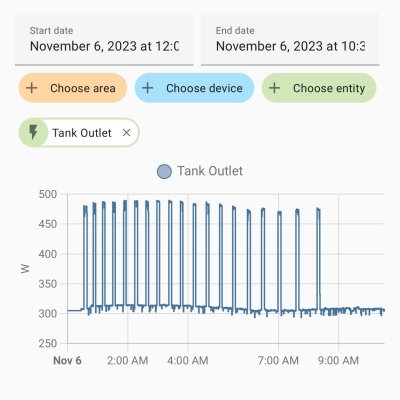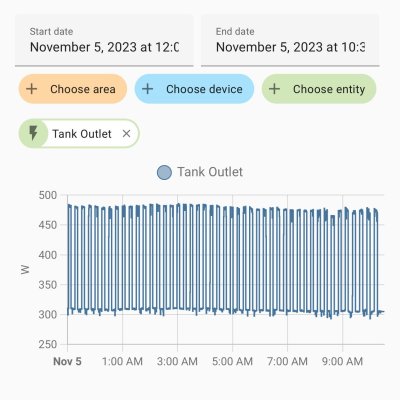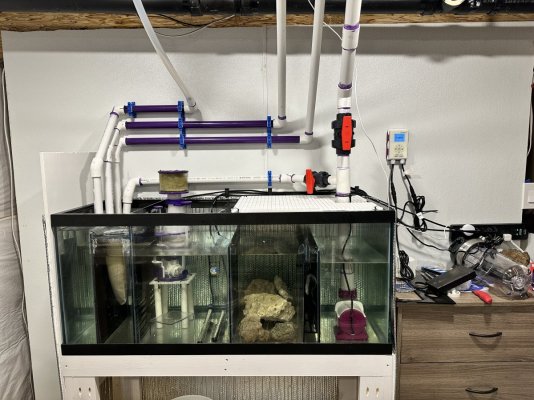Figured I'd share my findings with the class.
I was astounded at how much my heaters were running all day and night, especially considering the amount of pumps and lights adding heat to the tank. Last night I decided to try an experiment that has already shown it's going to pay off quickly.
I had a spare roll of mylar bubble wrap from an attic insulation project that I decided to wrap the sump in, and cover a piece of egg crate with for a lid.
I'll let the attachments speak the rest of the story.
(Don't judge the mess, the fish room is still a work in progress)



I was astounded at how much my heaters were running all day and night, especially considering the amount of pumps and lights adding heat to the tank. Last night I decided to try an experiment that has already shown it's going to pay off quickly.
I had a spare roll of mylar bubble wrap from an attic insulation project that I decided to wrap the sump in, and cover a piece of egg crate with for a lid.
I'll let the attachments speak the rest of the story.
(Don't judge the mess, the fish room is still a work in progress)



















